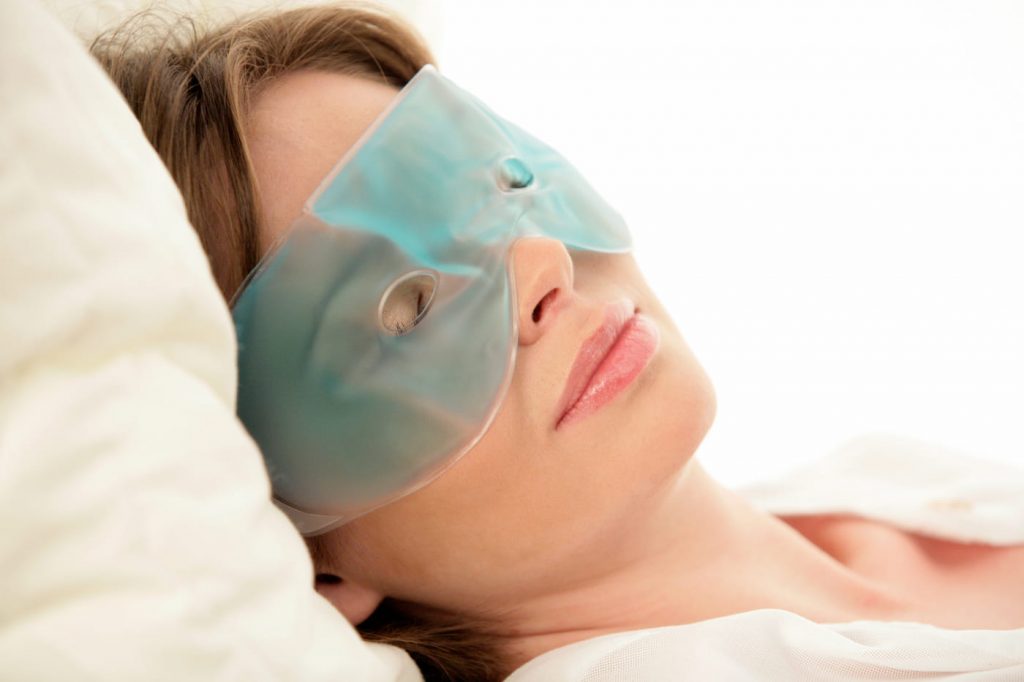Migraines suck: but here are 5 tricks that will improve your life
Migraines: Track your symptoms, have meds on hand, and take time to rest.

Migraines: Track your symptoms, have meds on hand, and take time to rest.

If you’ve ever had a migraine, you know the feeling of wanting to put a drill to your head to somehow rid yourself of the pain, pressure, and throbbing. Migraines destroy your day, forcing you to seek a dark, quiet room for hours on end. Making changes to your daily routine, like ensuring you get enough sleep, can help decrease the frequency and severity of migraine attacks. Recent research uses the mnemonic SEEDS to outline five types of lifestyle changes you can make to manage migraines: sleep, exercise, eat, diary and stress.
To be clear, migraine is a genetic neurological disease. It’s not your fault. However, you should feel empowered to make lifestyle changes that eliminate or reduce environmental triggers and can reduce the number of migraine attacks you have. But those triggers—like stress, certain foods or poor sleep—are not the cause of migraine.
There are over 100 different genes that may be associated with migraines risk, and everyone has a slightly different combination. This means everyone’s experience with migraine is unique. Some people might not experience migraine attacks very often while others experience attacks very often and respond to small triggers. Avoiding specific environmental triggers can make it less likely you’ll have an attack.

Many people with migraine find their sleep is affected. It’s a bit of a cycle: migraine attacks and pain can make it hard to sleep. When someone with migraine doesn’t sleep well, it can trigger more attacks. That cycle makes sleep an important part of migraine management. Keeping a consistent sleep schedule can help manage migraine. It’s best to keep your bedtime and the number of hours of sleep you get the same each night.
The goal frequently stated is that one should get about seven to eight hours of sleep a night. But the key is going to be consistency. If you find that you will consistently get five hours of sleep a night or nine hours of sleep a night and you feel rested and well in the morning, that’s okay. Keep that as your consistent number of hours.
Good sleep hygiene is also important , the goal is that 90% of the time you’re in your bed, you should be asleep. Phones, tablets and TVs often make their way into the bedroom, but screen time can activate the brain. To help prepare your brain for sleep, avoid using electronics in the two hours leading up to bedtime. A relaxing bedtime routine and a cool, dark room will also set you up for sleep success.
For some people, exercise may trigger an attack or make an attack worse. But research has shown that exercise can reduce the frequency, severity and duration of migraine attacks. Some studies even show that exercise is more effective than the standard oral preventative treatments. It’s believed that exercise elevates levels of beta endorphins, chemicals that can reduce stress and pain, and reduce migraine attacks.
Based on these studies, the recommended amount of exercise is 30 to 50 minutes of moderate-intensity aerobic activity, three to five days a week.
According to many studies, our brains thrive on consistency. So it’s important to eat regular meals throughout the day, stay hydrated and avoid fasting. As for hydration, it’s important to drink plenty of water to account for your body’s loss of water through sweating, urination and other bodily processes. The general recommendation is eight 8-ounce glasses of water a day. Many people with migraine also need electrolytes, so incorporating sports drinks can be helpful.
To receive an accurate diagnosis of your migraine and optimized treatment options, keep a headache diary and share it with your doctor. A diary is an important tool to identify patterns that could suggest episodic, chronic, menstrually related or other types of migraine and guide your doctor to the appropriate preventive and/or acute treatments.
If you have a migraine, place a cold pack on your forehead. Ice cubes wrapped in a towel, a bag of frozen vegetables, or even a cold shower may ease the pain. Keep the compress on your head for 15 minutes, and then take a break for 15 minutes.
While we all experience ups and downs in our day-to-day life, managing stress is a crucial part of managing migraines because stress can be a trigger for migraine attacks. Virtual tools, such as mindfulness are helpful resources that can guide you through relaxation techniques, mindfulness exercises, meditations, breathing techniques and biofeedback. In addition, try to limit the amount of time you spend watching TV or reading the news because it can be stress-producing.
Find activities that decrease your stress, and if possible, avoid or limit those things that increase your stress. Making small lifestyle changes can have a significant impact on your migraine management.
